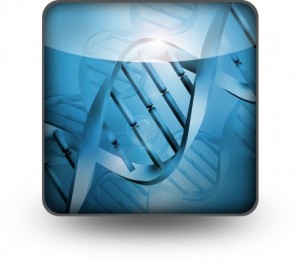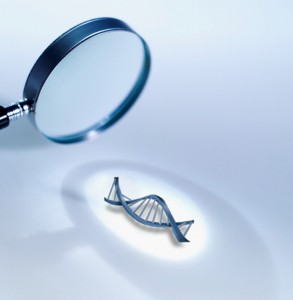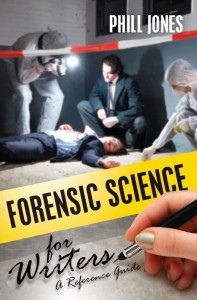
Photomicrograph of lice egg case on hair. Source: Douglas W. Deedrick and Sandra L. Koch, “Microscopy of Hair Part 1: A Practical Guide and Manual for Human Hairs,” Forensic Science Communications 6(1) (January 2004).
NOVA posted an article all about hair – hair evidence, that is. “Strands of Evidence” describes how scientists can determine where a strand of hair came from based on analysis of hydrogen and oxygen in a local water supply. The idea is that consumed water creates isotope traces in hairs.
Researchers in the US and Europe have been applying and refining techniques of this type of hair analysis. By studying variations along a single strand, for example, a researcher may be able to glean a timeline of a person’s travels. Isotopes in hair also reveal information about the person’s diet, and if the hair’s owner had starved for a while. These types of details can help to identify a murder victim.
If you’re interested in more details about isotope analysis, then take a look at the IsoForensics website, and the recent NOVA posting, “Stable Isotopes in Forensics.”



